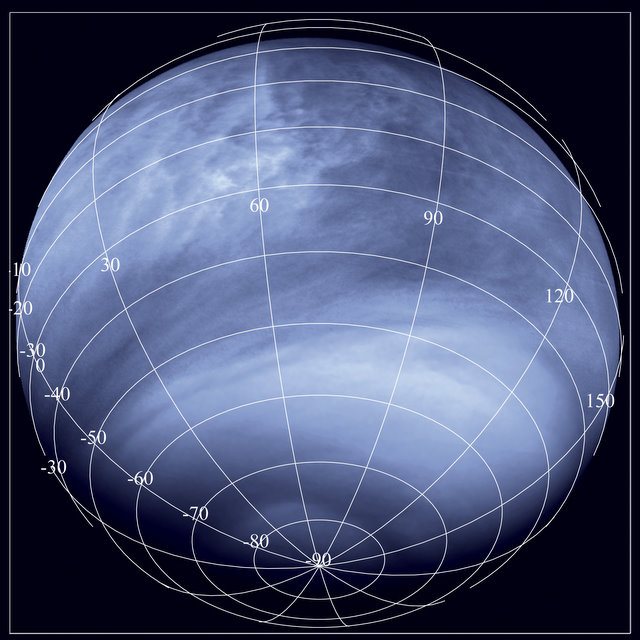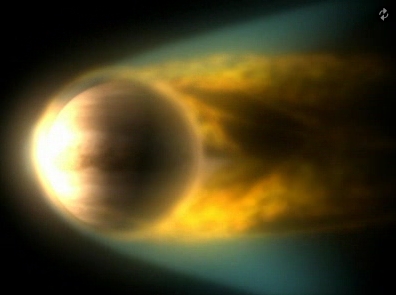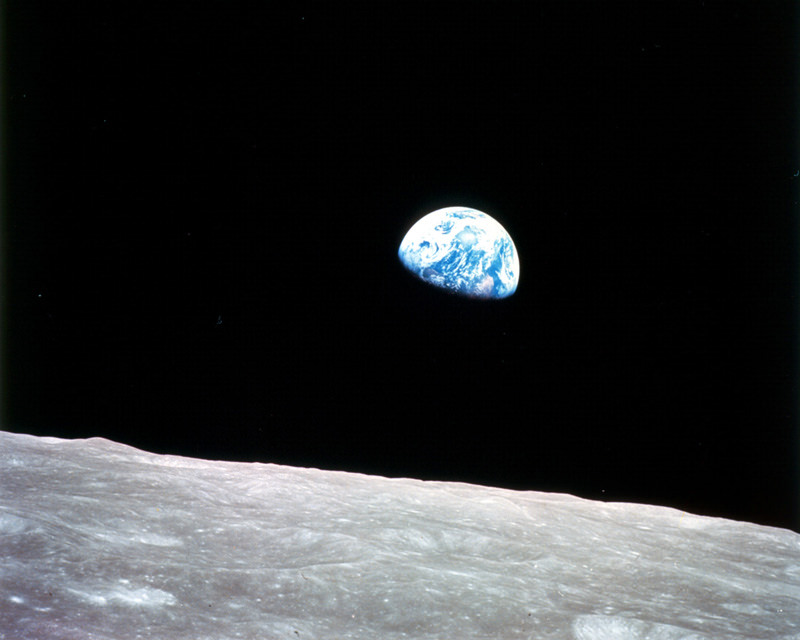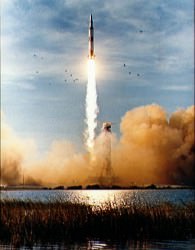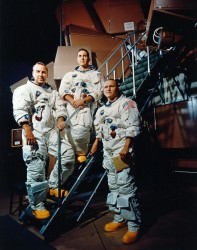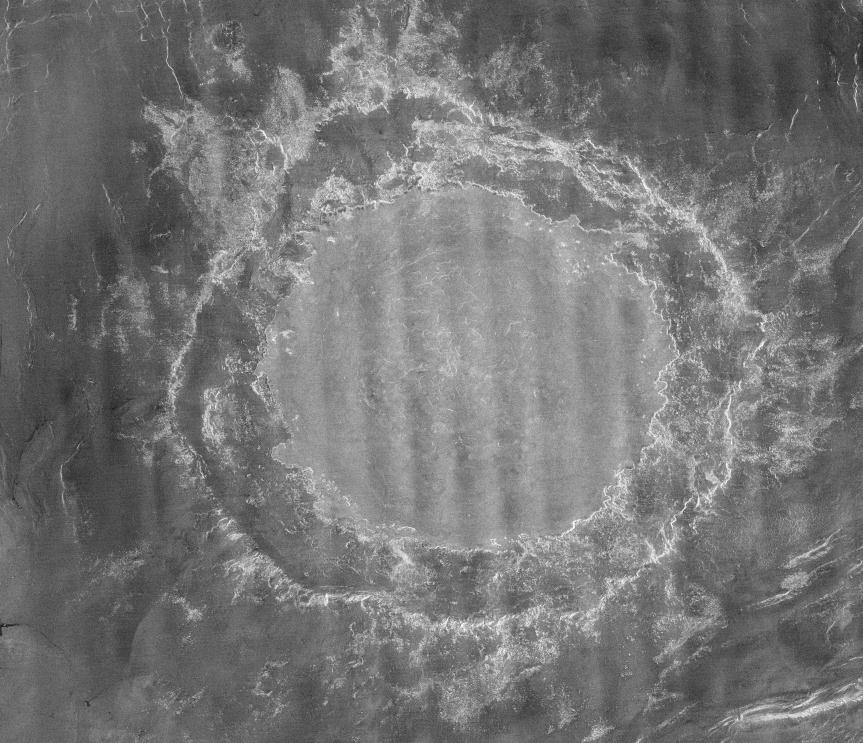[/caption]
The famous can beguile the masses with images of splendour and supremacy. Science, as with other avenues, can be the basis for such imagery. Yet, Kristine Larsen shows in her book ‘Stephen Hawking – A Biography‘, the bestowed fame can be both pleasant and harmful to the recipient.
As Stephen Hawking is famous, he needs no introduction. However, though famous for his contributions to science, he’s also well known for being one of the longest lived and productive survivors of amyotrophic lateral sclerosis (ALS). And, for those who call him ‘dad’, he’s also the headman of a household. With this, a biography almost begs to be presented.
And, as the title suggests, Larsen’s book aims to satisfy such a desire. The book achieves satisfaction which is good for the reader. But, there’s no surprise that Larsen is a professor of physics and astronomy, as the book leans heavily toward describing Hawking’s contributions to science. Through a chronological format, the book advances through milestones of his life: his early family experiences, times at school, survival as a post grad and fulfillment as a researcher and family man. All the well known events seem present, whether writing one of the most well-known but unread books, appearing on Star Trek or careening about via his electric wheel chair. These, together with discussions about Hawking’s work on black hole horizons, universe topology and unifying theory, all serve to confirm the truth of most of the newspaper articles about Hawking’s accomplished life.
If confirmation of the articles was all that the reader sought, then this book well satisfies. However, if the reader was hoping for a bit more detail about Hawking’s personality, his private life, or his inspiration, then the book proves less satisfactory. The book does cover the technical concepts of Hawking’s work, however it’s only to the depth of interest and ability held by an average reader. So, while this book encapsulates Hawking’s life, it doesn’t add much to what’s readily available.
With news that Stephen Hawking has or is near retiring, the curious will understandably want to know a bit more of this well known scientist. Kristen Larsen’s book ‘Stephen Hawking – A Biography‘ is a great first step in learning more about this accomplished scientist. It’s a brief history of what has fortunately not been a brief life.
Read more reviews online or purchase a copy from Amazon.com.


